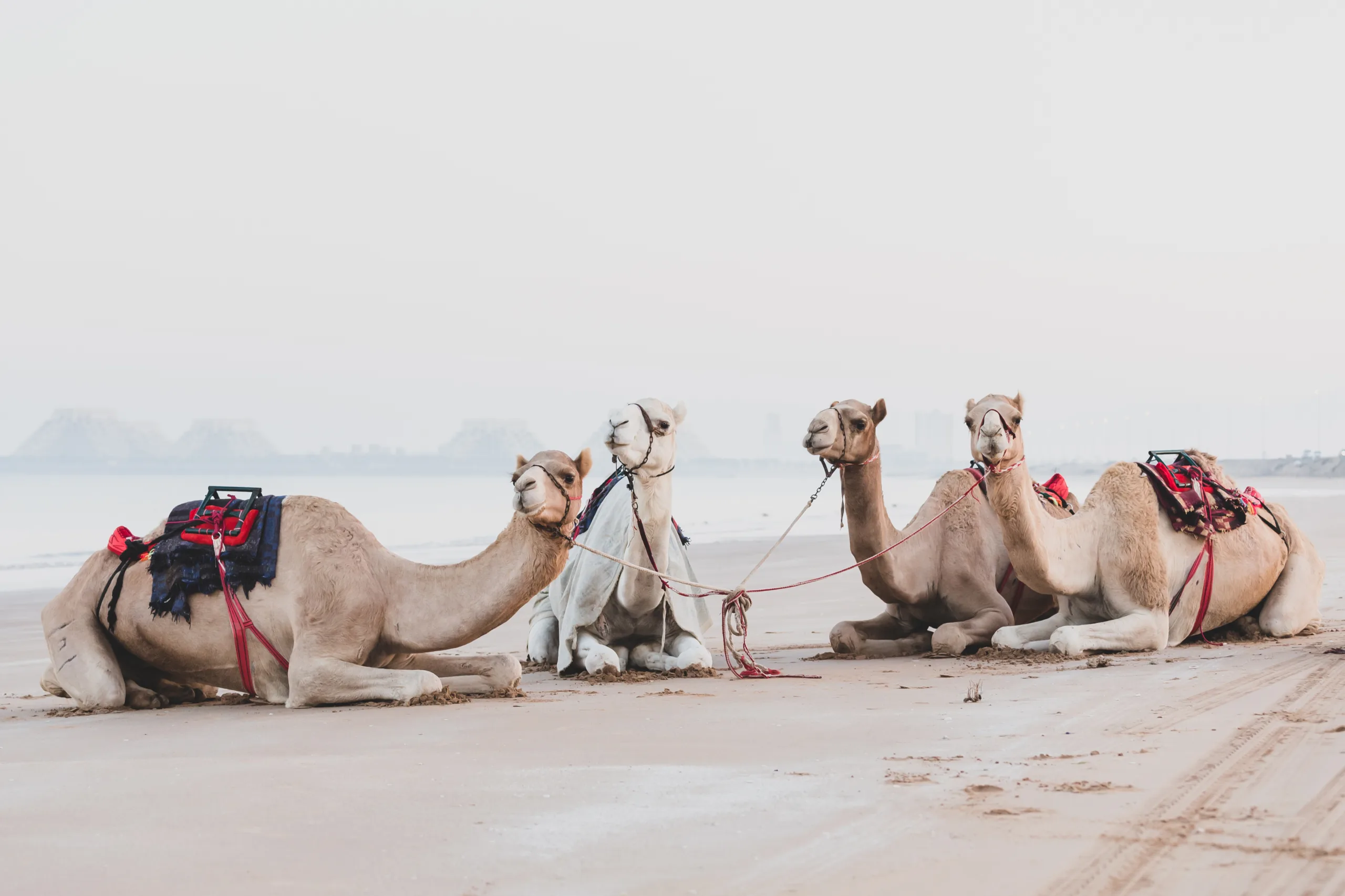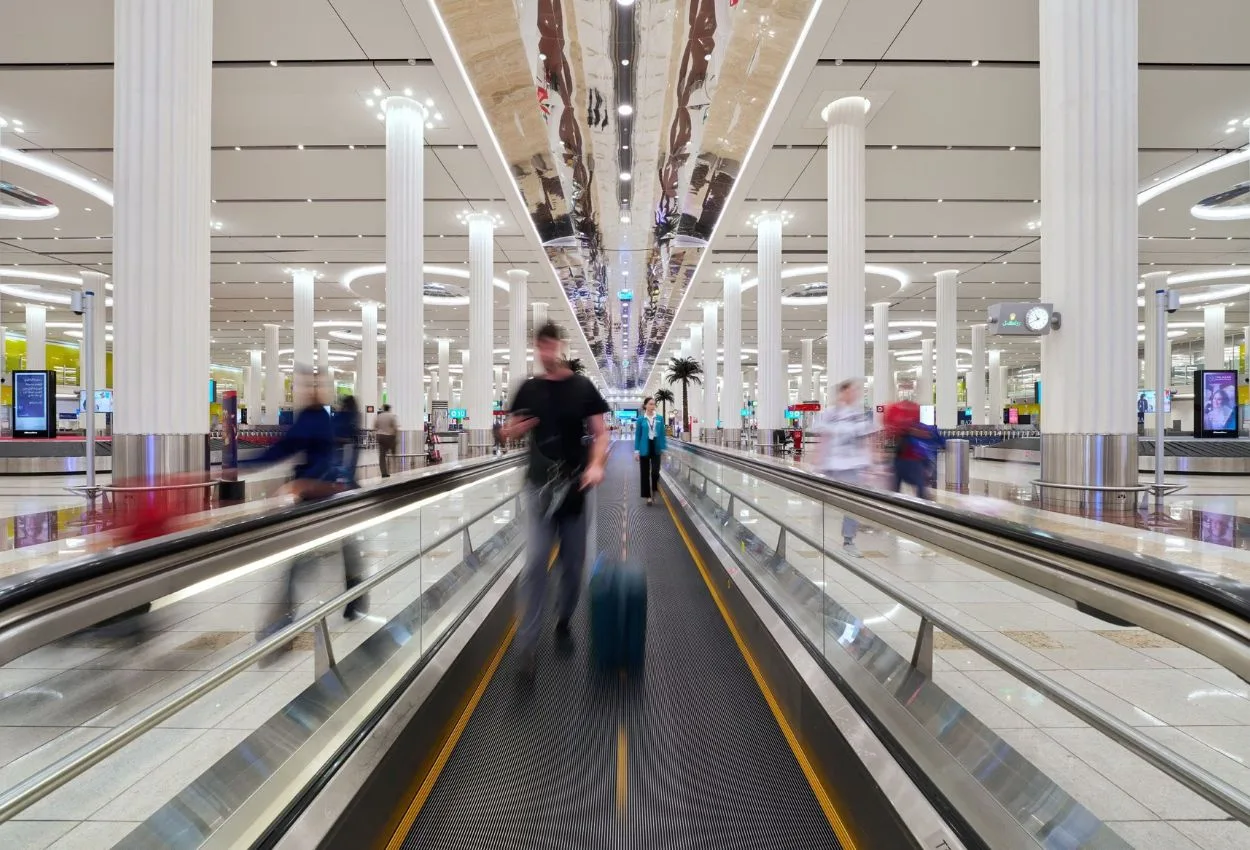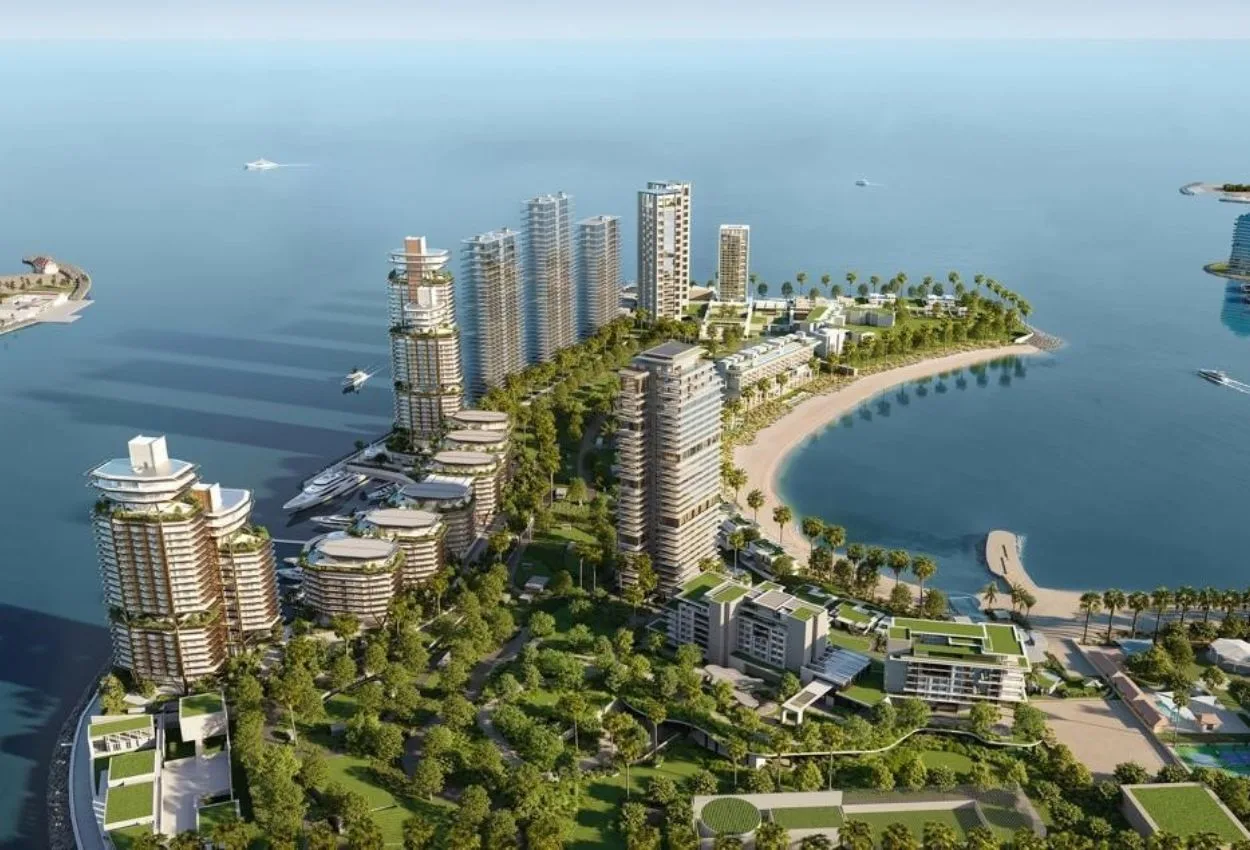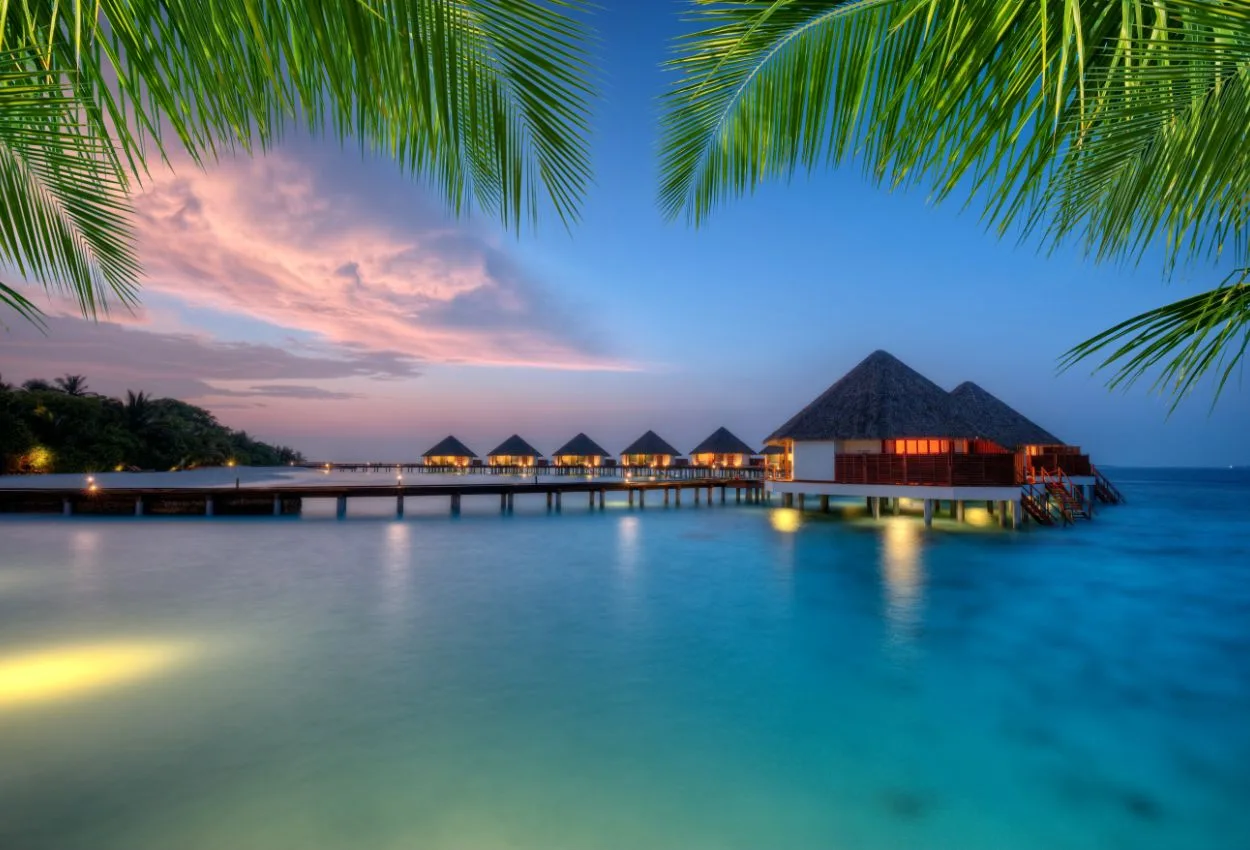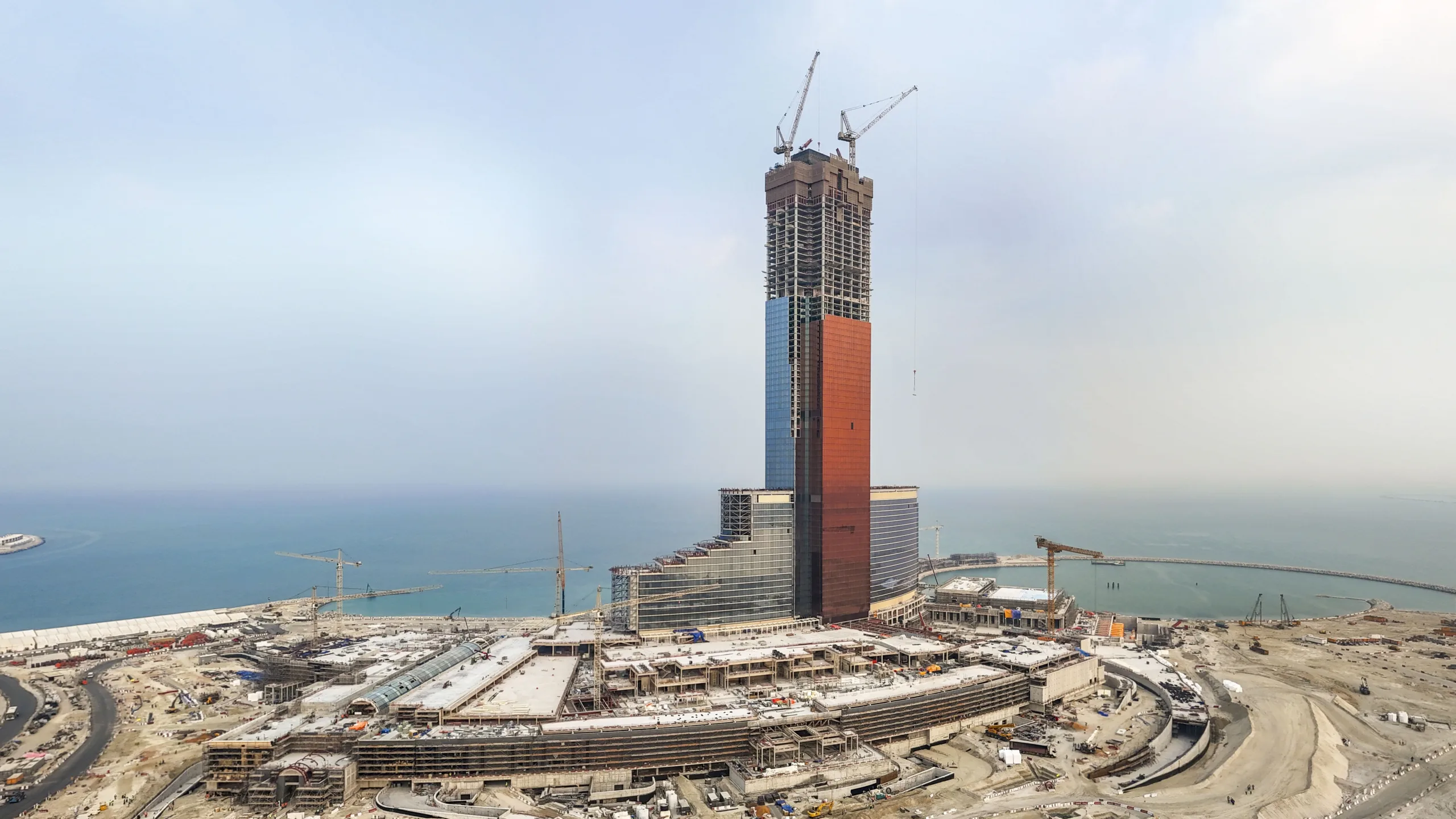While much of the UAE sizzles under summer heat, Ras Al Khaimah stays refreshingly cooler — thanks to its mountains, coastline, and desert breezes. Here’s why this northern emirate is redefining what a UAE summer holiday can be.
When summer arrives in the UAE, most travelers think of indoor malls, air-conditioned resorts, or late-night strolls to escape the sweltering heat. But up north, Ras Al Khaimah (RAK) tells a different story — one of mountain breezes, milder temperatures, and outdoor adventures that remain possible even in the peak of July.
With its unique geography — from the peaks of Jebel Jais to the tranquil shores of the Arabian Gulf — Ras Al Khaimah enjoys some of the most varied and forgiving weather in the country. It’s the UAE’s natural air conditioner — and an oasis for those seeking cool comfort without leaving the Emirates.
Mountains That Touch the Clouds
The secret to Ras Al Khaimah’s cooler climate lies in its dramatic Hajar Mountain range, which cuts through the northern landscape like a jagged spine. At nearly 1,934 meters above sea level, Jebel Jais, the UAE’s tallest peak, is a world apart from the low-lying deserts of Dubai or Abu Dhabi.
Temperatures here can be 10°C to 15°C lower than at sea level, especially in the evenings. While the cities bake in 45°C heat, Jebel Jais often hovers around 29°C to 32°C — perfect for hiking, ziplining, or simply enjoying the view from a mountaintop café.
“It’s like stepping into another season,” says Sara Al Mansoori, a local guide. “Even in July, the air feels fresh and crisp in the mountains. It’s our natural escape.”
The cooler air comes from altitude and airflow — higher elevations allow warm air to thin out, while mountain winds sweep through the valleys, reducing humidity and offering a refreshing breeze.
Coastal Comfort and Gentle Winds
Ras Al Khaimah’s geographic diversity gives it another advantage: a long stretch of coastline along the Arabian Gulf. The emirate’s beaches are blessed with consistent sea breezes that temper the heat, keeping the waterfront more comfortable than the inland deserts.
Unlike Dubai’s dense urban microclimate — where skyscrapers trap heat — RAK’s open coastal plains allow for better air circulation. The result is a drier, breezier atmosphere, particularly noticeable in areas like Al Hamra, Marjan Island, and the RAK Corniche.
Morning and late afternoon walks along these beaches remain pleasant throughout the summer, and the sea — warm but not stifling — invites cooling swims long after sunset.
A Desert That Breathes
Even RAK’s desert feels different. The Al Wadi Desert, with its wide dunes and scattered ghaf trees, cools faster at night than the sandy expanses farther south. The lower humidity and elevation differences mean evening temperatures drop sharply after sunset, creating ideal conditions for stargazing, outdoor dining, and desert safaris.
At luxury retreats like The Ritz-Carlton Al Wadi Desert, guests enjoy moonlit camel rides, falconry shows, and private plunge pools under a canopy of stars — even in midsummer.
It’s a reminder that not all deserts are scorching all the time. In RAK, the desert can breathe.
Microclimates That Make a Difference
What makes Ras Al Khaimah stand out is its rare mix of microclimates — mountain, desert, and coastal — all within an hour’s drive. This means that visitors can chase cooler weather simply by changing altitude or direction.
Spend your morning in the highlands of Jebel Jais, enjoy a beachside lunch along Marjan Island, and retreat to the shaded palm groves near Wadi Shaam by afternoon. Each zone offers its own distinct feel — and collectively, they make RAK the most climate-balanced emirate in the UAE.
“You can go from 45°C to 30°C in under an hour,” notes a local driver. “That’s something no other emirate can offer.”
Why It’s Perfect for Summer Visitors
For travelers wary of visiting the UAE between May and September, Ras Al Khaimah offers a rare alternative. Tourism authorities have invested heavily in year-round attractions designed to take advantage of its natural climate.
- Jais Adventure Park: Open in summer mornings and evenings for ziplining, hiking, and the Jais Sledder mountain ride.
- 1484 by Puro: The highest restaurant in the UAE, welcoming diners to cooler mountain air and sweeping views.
- Coastal Resorts: Al Marjan Island offers water sports, night swims, and seaside dining under lantern-lit skies.
Even in peak summer, outdoor enthusiasts can find safe and comfortable experiences that simply aren’t possible elsewhere in the region.
